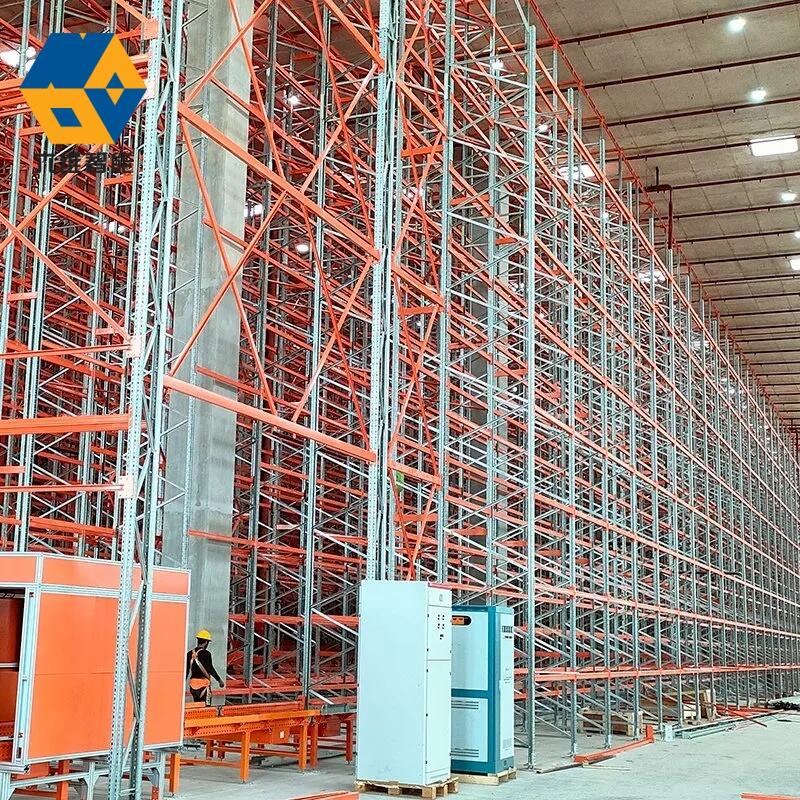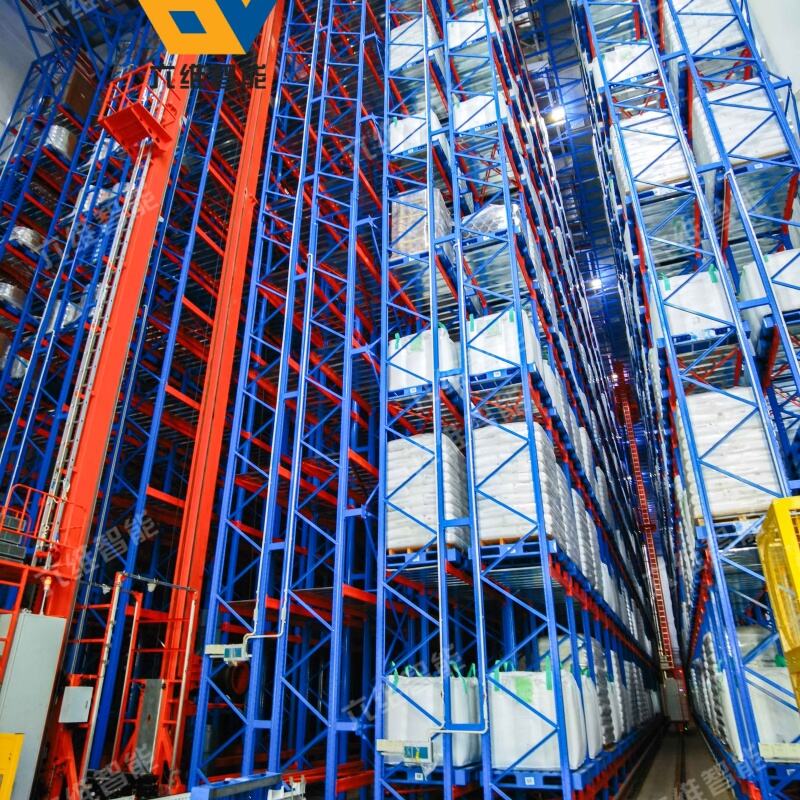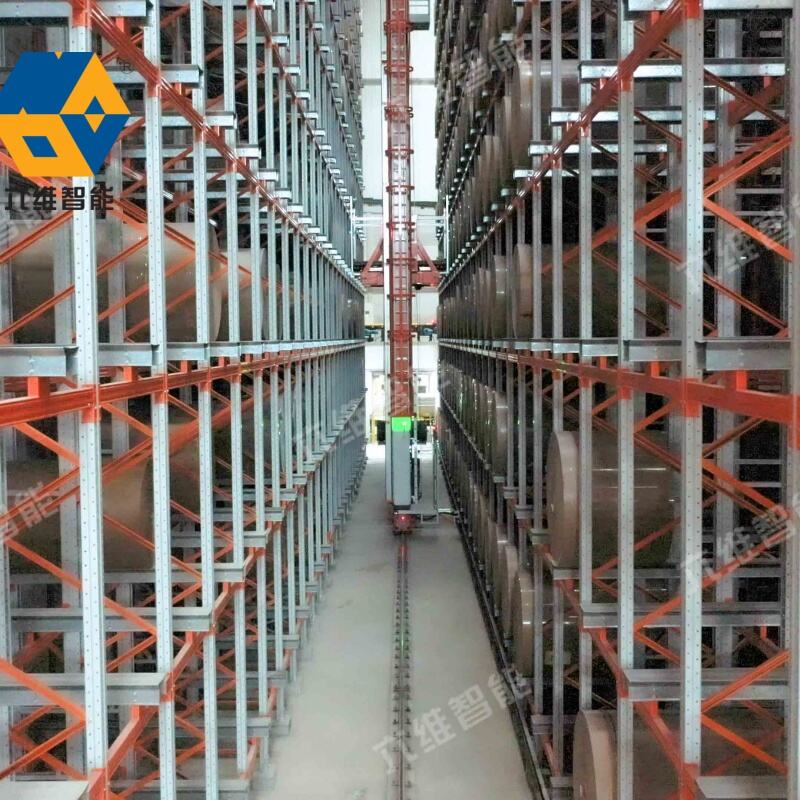warehouse automation technology
Warehouse automation technology represents a revolutionary advancement in modern logistics and supply chain management. This sophisticated system integrates various technological components including automated storage and retrieval systems (AS/RS), robotic picking systems, automated guided vehicles (AGVs), conveyor systems, and warehouse management software. At its core, warehouse automation technology streamlines operations by minimizing human intervention in routine tasks while maximizing efficiency and accuracy. The system employs artificial intelligence and machine learning algorithms to optimize inventory management, coordinate material movement, and ensure precise order fulfillment. Real-time tracking capabilities enable warehouse managers to maintain complete visibility of inventory levels, movement patterns, and operational metrics. The technology incorporates advanced sensors and vision systems that guide automated equipment through complex warehouse environments, ensuring safe and efficient operations. Modern warehouse automation solutions are scalable and can be customized to meet specific business needs, whether for small distribution centers or large-scale logistics operations. The system's integration capabilities allow seamless communication with enterprise resource planning (ERP) systems, transportation management systems (TMS), and other business-critical applications, creating a comprehensive logistics ecosystem.


